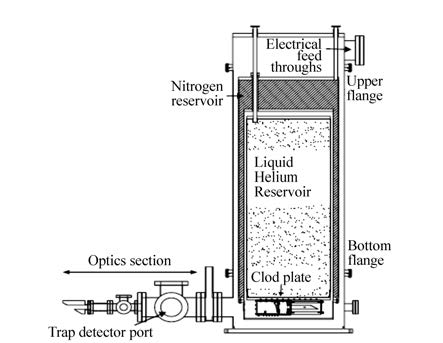Abstract:
In this paper, based on reviewing the developments of absolute cryogenic radiometers and SIRCUS, the operating principle, developments, and application prospects of detector standard based, spectrally tunable, self-calibrated standard light sources are discussed. In detector-based spectroradiometric standards, absolute cryogenic radiometer operated at liquid helium temperature can achieve an uncertainty of 0.01%. The facility for spectral irradiance and radiance responsivity calibrations using uniform sources(SIRCUS) established at National Institute of Standards and Technology(NIST) in the United States, which uses a series of lasers and conducts calibrations with silicon trap detectors calibrated against cryogenic radiometer, has achieved an uncertainty level of 0.1% and has been successfully applied to radiometric calibrations for space remote sensing instruments. Analysis indicates that developing detector standard based, spectrally tunable, self-calibrated standard light source with high calibration accuracy, can self-correct aging and attenuation and ensure the long-term stability of calibration accuracy.






 下载:
下载:



















